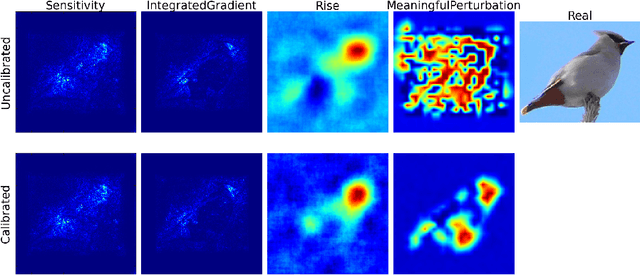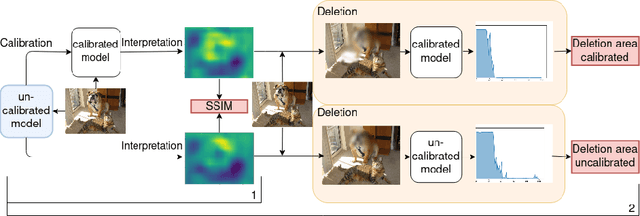Gregory Scafarto
Augment to Interpret: Unsupervised and Inherently Interpretable Graph Embeddings
Sep 28, 2023Abstract:Unsupervised learning allows us to leverage unlabelled data, which has become abundantly available, and to create embeddings that are usable on a variety of downstream tasks. However, the typical lack of interpretability of unsupervised representation learning has become a limiting factor with regard to recent transparent-AI regulations. In this paper, we study graph representation learning and we show that data augmentation that preserves semantics can be learned and used to produce interpretations. Our framework, which we named INGENIOUS, creates inherently interpretable embeddings and eliminates the need for costly additional post-hoc analysis. We also introduce additional metrics addressing the lack of formalism and metrics in the understudied area of unsupervised-representation learning interpretability. Our results are supported by an experimental study applied to both graph-level and node-level tasks and show that interpretable embeddings provide state-of-the-art performance on subsequent downstream tasks.
Calibrate to Interpret
Jul 07, 2022



Abstract:Trustworthy machine learning is driving a large number of ML community works in order to improve ML acceptance and adoption. The main aspect of trustworthy machine learning are the followings: fairness, uncertainty, robustness, explainability and formal guaranties. Each of these individual domains gains the ML community interest, visible by the number of related publications. However few works tackle the interconnection between these fields. In this paper we show a first link between uncertainty and explainability, by studying the relation between calibration and interpretation. As the calibration of a given model changes the way it scores samples, and interpretation approaches often rely on these scores, it seems safe to assume that the confidence-calibration of a model interacts with our ability to interpret such model. In this paper, we show, in the context of networks trained on image classification tasks, to what extent interpretations are sensitive to confidence-calibration. It leads us to suggest a simple practice to improve the interpretation outcomes: Calibrate to Interpret.
 Add to Chrome
Add to Chrome Add to Firefox
Add to Firefox Add to Edge
Add to Edge